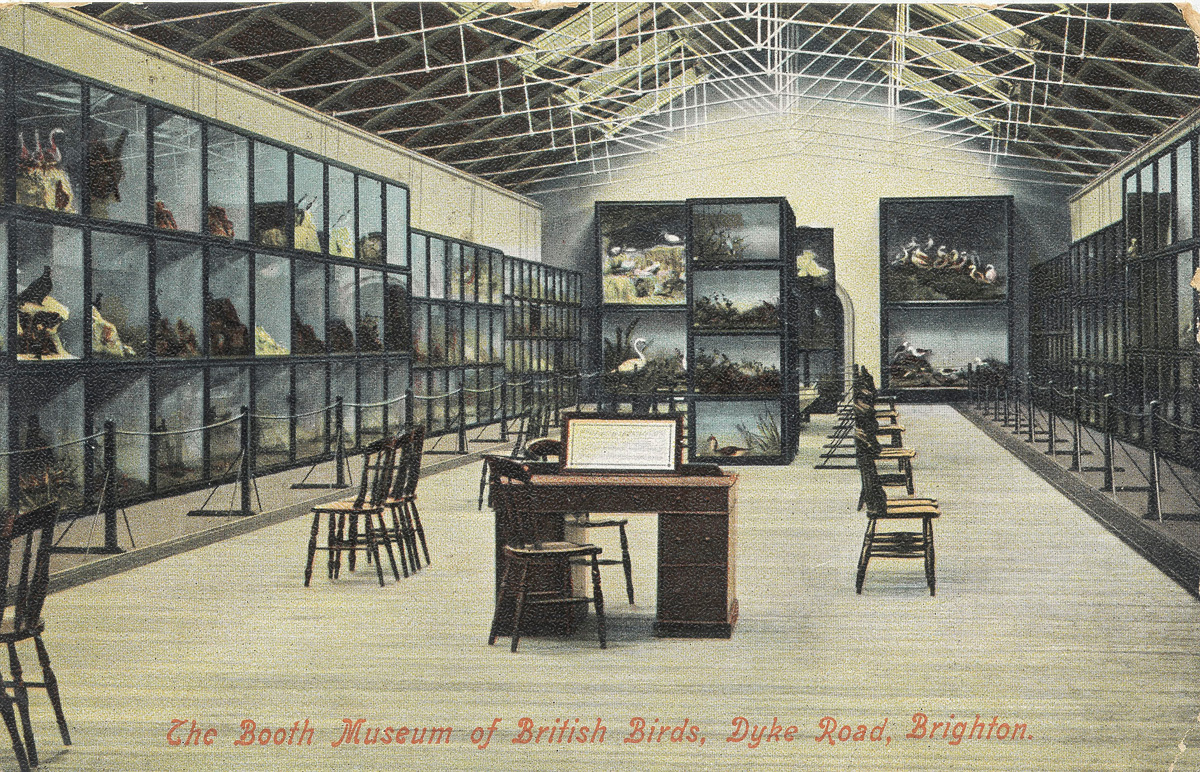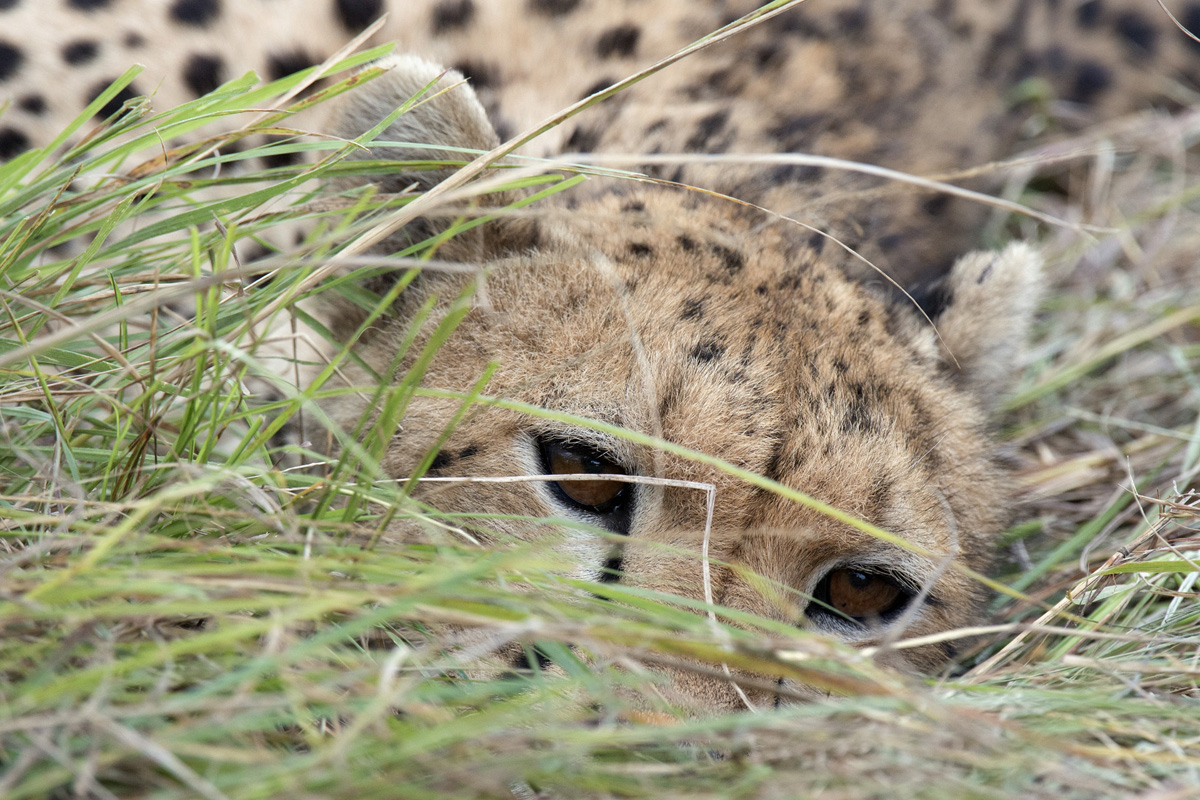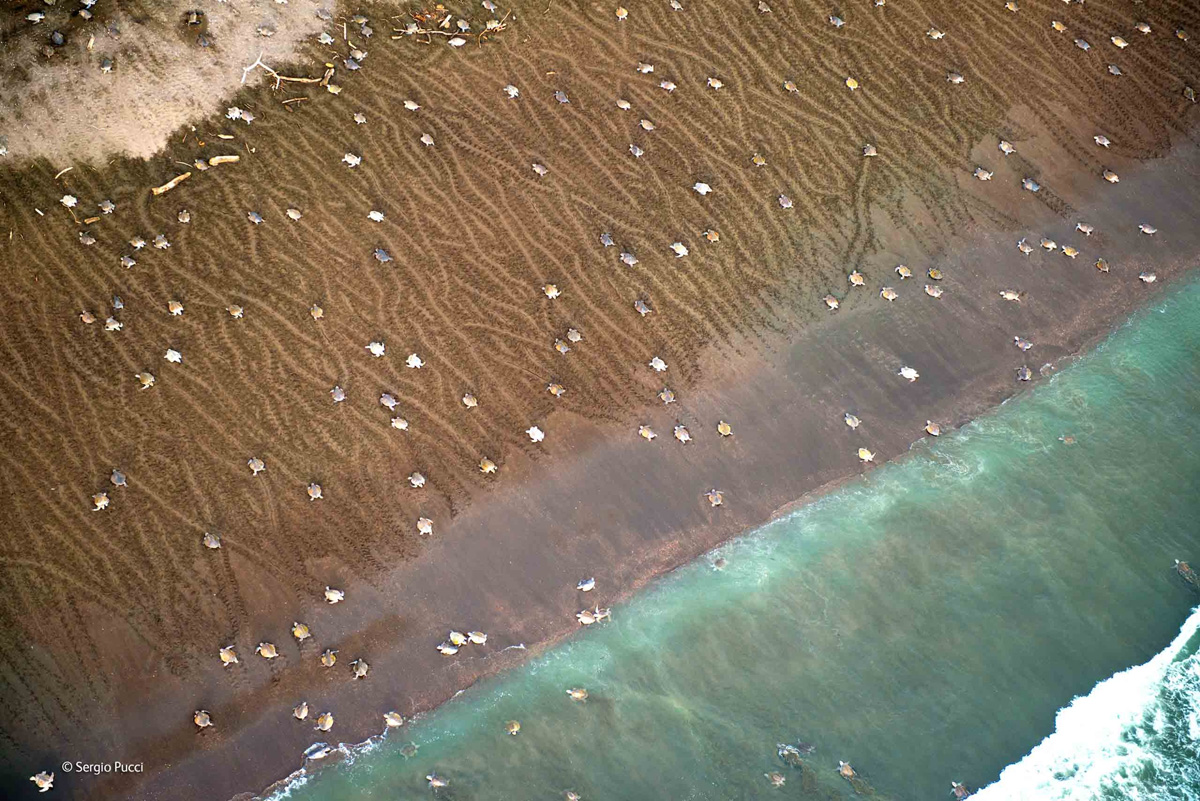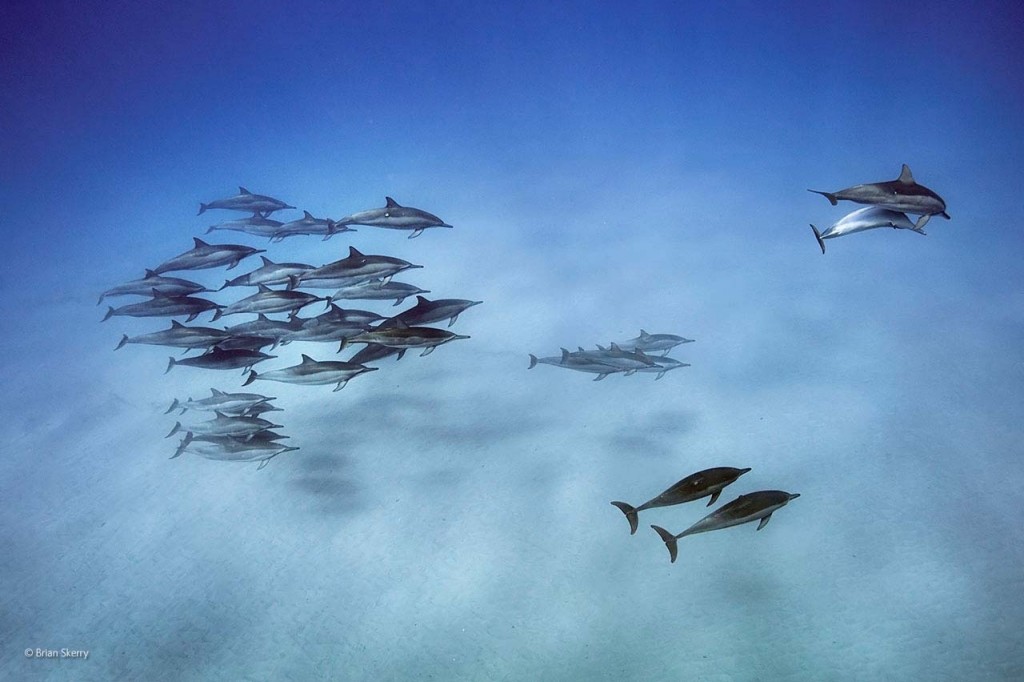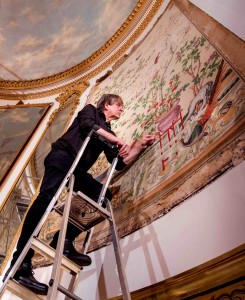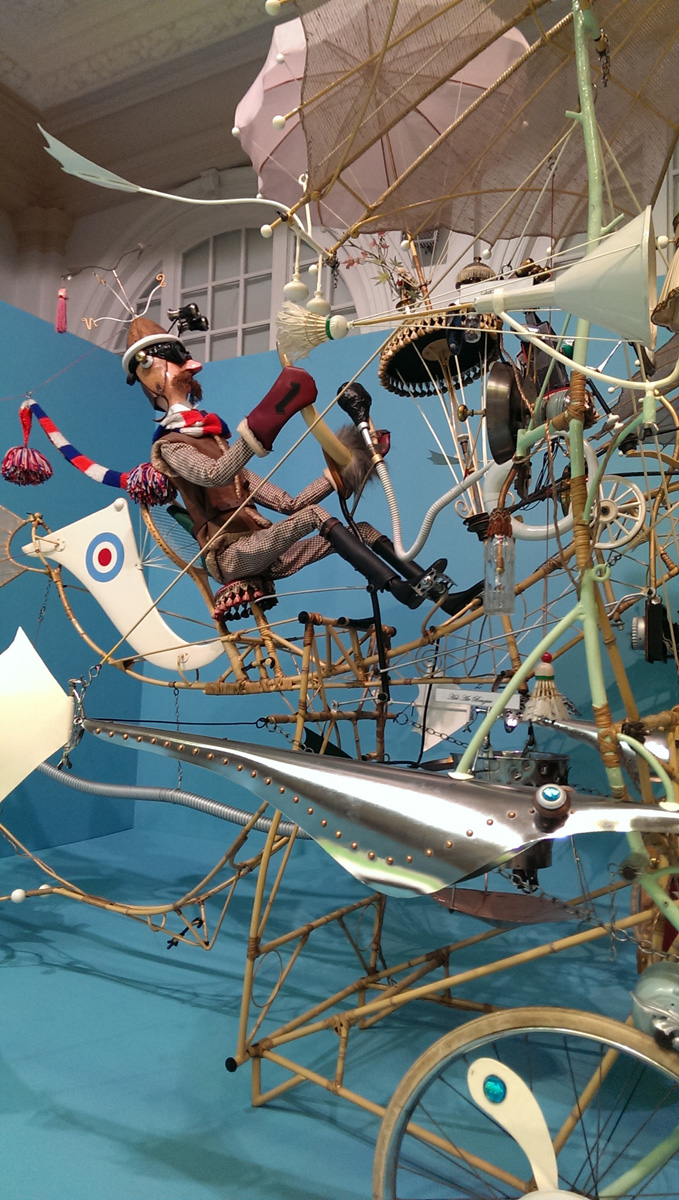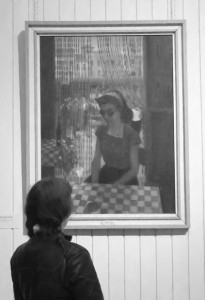
This is a legacy story from an earlier version of our website. It may contain some formatting issues and broken links.
Creative Future is a charity that provides training, mentoring and the chance to publish and exhibit to talented people who lack opportunities due to mental health issues, disability, health or social circumstance. For more information see www.creativefuture.org.uk
They will be reciting their work in Brighton Museum and Art Gallery at 2pm on Wednesday 28th October in the Fashion Gallery. The event is free with admission. A pamphlet of their works will be available to purchase on the day.
Here’s an example of some of the work:
Flanders Field by Tony Spiers
We are such blessed beasts, we sheep, we flocks of Southdowns, we Wensleydales, we Herdwicks, we Beulah Speckled Face. What joy to be alive in 1915 and off to Flanders Fields, where, they say, the ground is so soft on your hooves and the sky is always blue and thronged with larks and swallows and the sweet, sweet yarrow, and salad-burnet and soft-brome leap from the turf into your open mouths, and there is such gaiety there and merriment and we are lambs to the laughter.
We are such lucky ones, we Saddleback pigs, we British Lops, we Tamworths, we Gloucester Old Spots, for we are off to Flanders Fields, to hog heaven, where, they say, the troughs forever overflow with skimmed milk, whey and tender carrots, mangolds and ripest pippins and the rain is warm and hardly wet at all, and there is all the mud you can roll in.
In Flanders Fields, they say the flies are untroublesome, and sing to you most pleasantly in insect choirs, and the grass is a green you have only dreamed of, and honeyed cud of buttercups and red clover and cowslips is ready-chewed for you, and rainbows paint themselves in the sky. And now the trucks are come to take us there, for we are the cows and calves, we Sussex Red, we Aberdeen Angus, we Blue Albions, we Dexters, we Whitebred Shorthorns, we Belted Galloways, we gladsome animals, we chosen few.
 Italian Station Cafe c.1952 by Simon Wrigley
Italian Station Cafe c.1952 by Simon Wrigley
She sits with her back to the glass bead curtain,
upright, head slightly bowed as if she’s posing
in a way she’s taught herself from the movies,
facing the bar, getting half the attention
of the regular drinkers and gamblers
because she’s got the gift of fertility.
Then, sooner or later, a man will enter,
placing in front of her a glass of Cynar.
As a drunk calls for wine and the dealer
cuts the cards for the next game, she’ll go with him,
out of anger: towards her father’s Party,
her brother who left for the seminary,
but mainly towards her mother for dying.
Her name is Rosa, or, perhaps, Rosetta.
And when the day comes that the man doesn’t enter,
she’ll pick up her bag and cross to the station,
where she’ll buy a ticket for the streets of Rome.
The Victorian Taxidermist by Moray Sanders 
I’m a Victorian Taxidermist
But I’ve just received the sack.
I stuffed a hippopotamus
And took up too much slack.
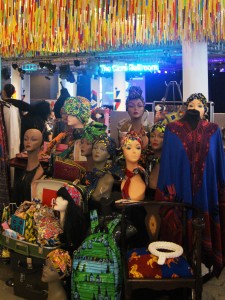


 f view, I found it really valuable to get a feel of Africa Utopia and come back to Brighton with feedback and ideas for the rest of the team that we may be able to feed into our own
f view, I found it really valuable to get a feel of Africa Utopia and come back to Brighton with feedback and ideas for the rest of the team that we may be able to feed into our own 